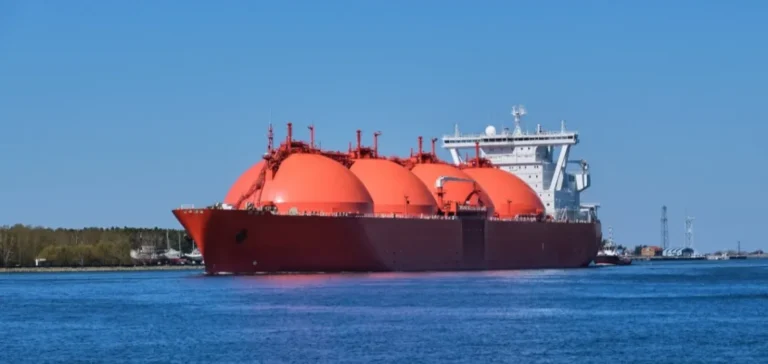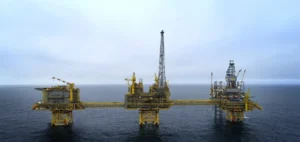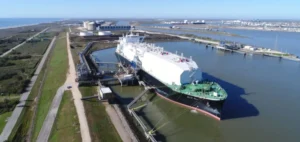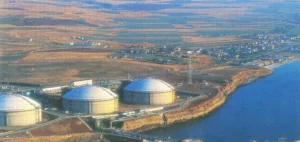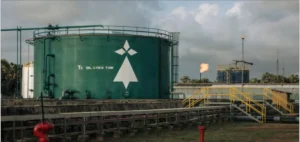Ukraine has received approximately 100 million cubic metres of liquefied natural gas (LNG) from the United States via the Klaipėda terminal in Lithuania. This is the first seaborne shipment organised directly by a Ukrainian operator, in anticipation of higher energy demand during winter.
A new logistics corridor from the Louisiana terminal
The shipment was handled by the trading division of D.Trading, a subsidiary of the energy group DTEK, which chartered a tanker to transport the cargo from Venture Global Inc.’s export facility in Louisiana. The gas was loaded aboard the GasLog Houston on October 20 and offloaded at the Klaipėda terminal, the only operational LNG import infrastructure in the Baltic region.
This logistical move marks a step in DTEK’s supply strategy, as Ukraine’s domestic production has suffered significant damage due to strikes on its energy infrastructure.
Strengthening regional flows and transit options
Access to the Lithuanian terminal opens an alternative route for gas transit to Ukraine via the northern corridor through Poland and the Baltic states. The group has indicated its intention to further develop economically viable import routes to ensure a stable supply to the domestic market and neighbouring countries.
At the same time, Naftogaz Group signed an agreement with Polish company ORLEN in the spring for the purchase of at least 300 million cubic metres of US LNG. These shipments are expected to follow a similar route, reinforcing the region’s transit infrastructure.
Ukrainian players scale up in the LNG market
The initiative by D.Trading is a first in Ukraine’s commercial history, with no local trader having previously chartered a vessel for maritime gas import. Using Free on Board (FOB) deliveries from the United States provides greater flexibility in selecting European ports of destination.
Imported volumes remain limited for now, but logistical adaptability could be critical in the context of reduced Russian imports. The strategy aims to diversify entry points into Europe and strengthen reserves before the peak consumption period.


